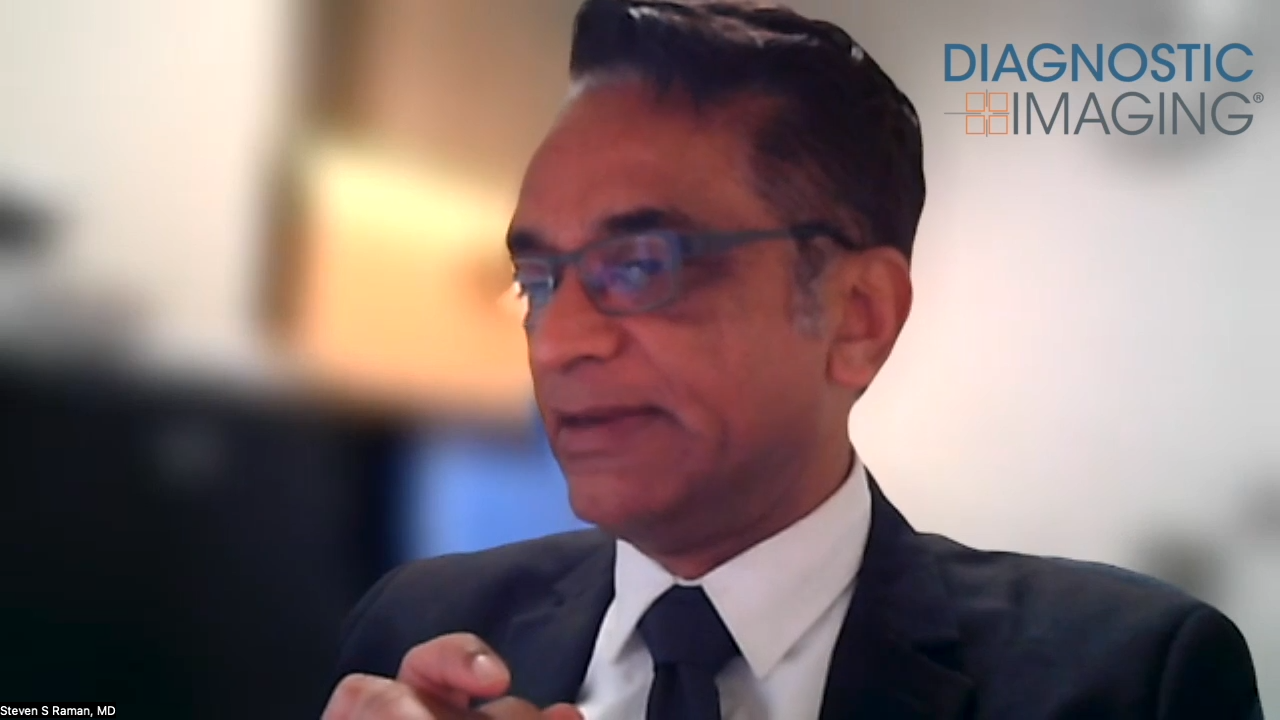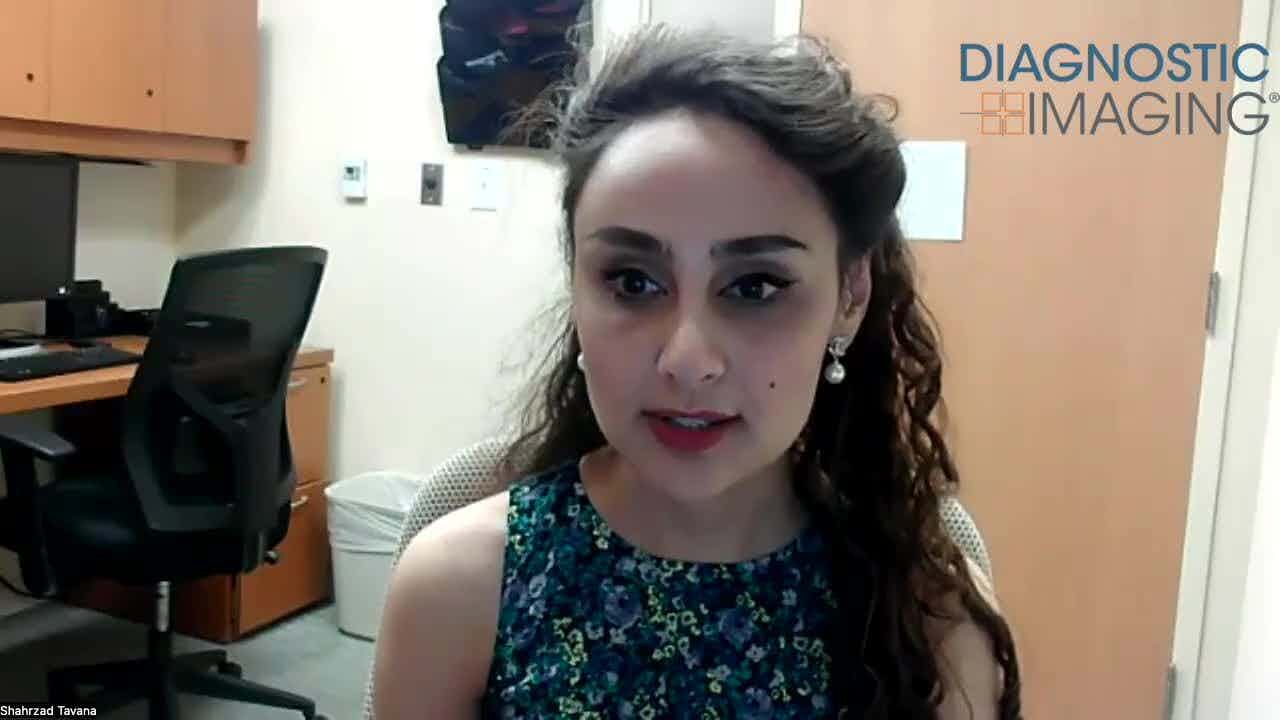Liver MRI Better Than Biopsy at Measuring Iron Concentration
Magnetic resonance imaging is noninvasive and more accurate in determining serial liver iron concentration than liver biopsy.
Liver MRI is superior to liver biopsy for serial liver iron concentration (LIC) observations, according to a study published in the journal Magnetic Resonance Imaging.
Researchers from the United States and Switzerland sought to determine the efficacy of MRI to calculate LIC among patients undergoing treatment with an experimental chelating agent, and compare it with the standard liver biopsy.
Forty-nine patients participated in the study. The researchers monitored iron received by the patients through transfusion and the amount of chelating agent consumed. MRI estimates of iron concentration were made from the whole liver.
Liver iron was measured by MRI at initial treatment and MRI was repeated at three, six, 12, and 24 months after initial treatment. Liver biopsy LIC results were simulated using sampling errors of 0%, 10%, 20%, 30%, 40%, and iron assay variability of 12%. LIC estimates by R2, R2*, and simulated biopsy were used to calculate ICE over time.[[{"type":"media","view_mode":"media_crop","fid":"33924","attributes":{"alt":"John Wood, MD, PhD","class":"media-image media-image-right","id":"media_crop_6601770508403","media_crop_h":"0","media_crop_image_style":"-1","media_crop_instance":"3592","media_crop_rotate":"0","media_crop_scale_h":"0","media_crop_scale_w":"0","media_crop_w":"0","media_crop_x":"0","media_crop_y":"0","style":"float: right;","title":"John Wood, MD, PhD","typeof":"foaf:Image"}}]]
“At 48 week intervals, LIC estimates by R2, R2* and "perfect" liver biopsy had comparable accuracy in predicting ICE,” the authors wrote. “Both MRI methods were superior to any physically realizable liver biopsy (sampling error 10% or higher). LIC by R2* demonstrated the most robust ICE estimates at monitoring intervals of 24 and 12 weeks, but this difference did not remain significant at 48 week intervals.”
The researchers concluded that MRI was more accurate for obtaining LIC observations in this patient group.
"Measuring total body iron using MRI is safer and less painful than biopsy," coauthor John Wood, MD, PhD, cardiologist and biomedical engineer at Children’s Hospital Los Angeles and a professor of Pediatrics and the Keck School of Medicine of the University of Southern California, said in a release. "In this study we've demonstrated that it is also more accurate. MRI should be recognized as the new 'gold standard' for determining iron accumulation in the body."
Can Abbreviated Breast MRI Have an Impact in Assessing Post-Neoadjuvant Chemotherapy Response?
April 24th 2025New research presented at the Society for Breast Imaging (SBI) conference suggests that abbreviated MRI is comparable to full MRI in assessing pathologic complete response to neoadjuvant chemotherapy for breast cancer.










